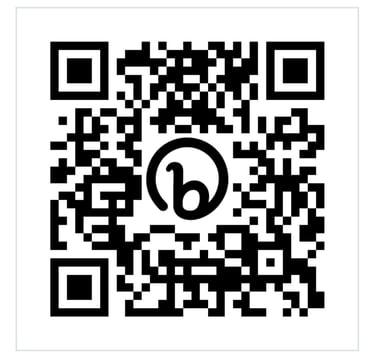Wayfinding Plan
A wayfinding or signage plan for a merchant district is essential for easy navigation, business visibility, and overall user experience. Here's an outline of a comprehensive plan:
1. User Analysis: Start with a detailed analysis of the types of visitors who frequent the merchant district. This could include tourists, locals, new visitors, and repeat visitors. The needs and behavior of each of these groups should be considered while designing the signage system.
2. Map the Merchant District: Create a detailed map of the merchant district outlining the major areas, landmarks, attractions, and businesses. The map will serve as the backbone for the signage strategy, helping to identify critical locations for signs and informational points.
3. Define Main Pathways and Decision Points: Identify main pathways, intersections, and decision points where visitors might need directional assistance. Consider all modes of transportation: pedestrians, bicycles, vehicles, etc. Decision points are typically where pathways intersect or where there is a change in direction.
4. Signage Hierarchy: Establish a hierarchy for the signage system. This might include primary signage (e.g., district entrance), secondary signage (e.g., parking, major attractions), and tertiary signage (e.g., individual store signage, restrooms, seating).
5. Signage Design: Design signs that are easy to read, understand, and follow. They should be consistent in design to reinforce the sense of place. They should include directional signs, identification signs, regulatory signs, and informational signs. Bilingual or multilingual signs could be useful depending on the diversity of your visitor base.
6. Signage Placement: Signage should be placed at regular intervals, and more importantly, before decision points. Eye-level placement is ideal for pedestrian signs. Vehicle signs should be larger and placed higher for better visibility.
7. Landmarks and Points of Interest Signage: Highlight landmarks and major points of interest, as they can serve as orientation points and destinations. This can include public art, historical sites, parks, major stores, or events.
8. Integration with Digital Platforms: To enhance the physical signage system, consider creating a mobile app or an online map of the merchant district. QR codes on physical signs can link to more detailed information or directions on a mobile platform.
9. Accessibility: Ensure that the signage is accessible for all, including those with visual, hearing, cognitive, or physical disabilities. This might mean including braille or tactile elements, high contrast lettering, or audio cues.
10. Maintenance Plan: Finally, it's important to develop a plan for maintaining, updating, and potentially expanding the signage system. Signs should be durable and able to withstand local weather conditions.
11. Review and Refinement: Regularly review the effectiveness of the signage plan, perhaps through visitor feedback or observational studies, and make necessary refinements.
This outline should provide a comprehensive and accessible wayfinding system that enhances the visitor experience, increases business visibility, and contributes positively to the district's identity.

